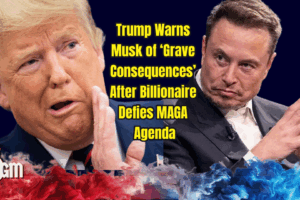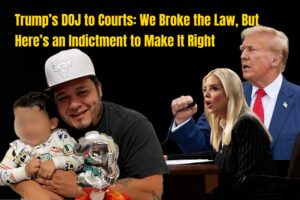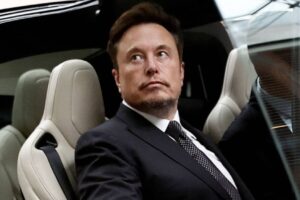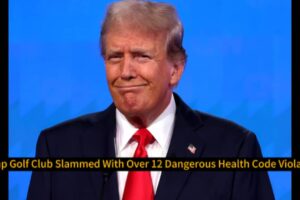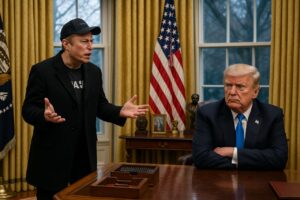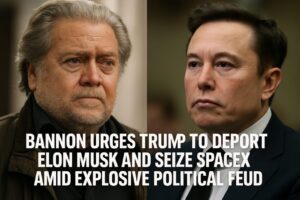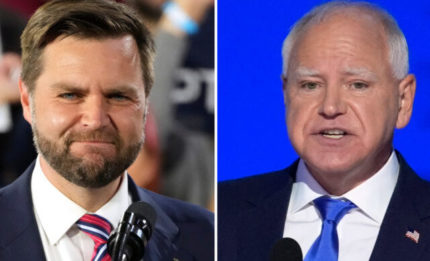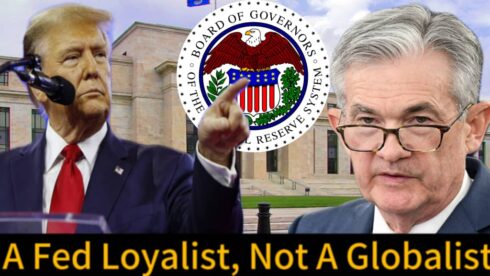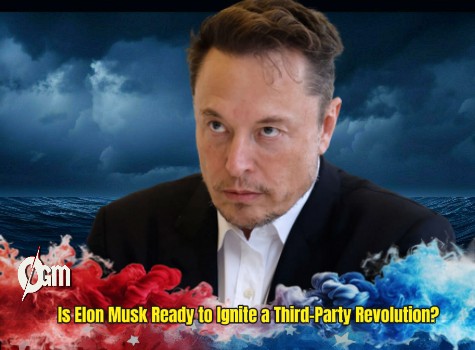In the heated race for the U.S. presidency, the role of vice-presidential candidates has never been more critical, especially in key battleground states like Nebraska. Both major political parties are focusing on the Midwest and rural voters, recognizing that their support could tilt the balance in this closely contested election. Tim Walz, governor of Minnesota, and JD Vance, Ohio Senator, have been strategically chosen as running mates to attract these voters. Their differing backgrounds and political perspectives reflect the broader debate facing America.
Walz’s roots in rural Nebraska, combined with his track record as a schoolteacher and football coach, make him an appealing figure to rural Democrats. Meanwhile, Vance, author of the best-selling book Hillbilly Elegy, speaks directly to the struggles of rural America, advocating for policies that emphasize personal responsibility and economic protectionism. As the two prepare to face off in a primetime debate, their influence on undecided voters could prove pivotal.
Rural Voters: The Swing Force in Nebraska’s Electoral Quirk
Nebraska’s unique electoral system, which allocates three of its five electoral votes based on individual districts, makes it a critical state in this election. While the state overall leans Republican, the second district, home to Omaha, has historically been a swing district. In 2016, it went to Trump, but Biden secured it in 2020, making it a potential deciding factor in this year’s race. This electoral quirk could mean that a single district in Nebraska holds the key to the White House.
Wade Bennett, a Republican cattle breeder, exemplifies the complexity of Nebraska’s electorate. Despite his personal misgivings about Donald Trump’s moral character, Bennett is inclined to support him because of his policies on immigration and the economy. This sentiment resonates among many rural voters who may overlook personal flaws in favor of economic priorities. Democrats, however, see opportunity in this hesitation, hoping that candidates like Walz can win over voters like Bennett with their local roots and policy proposals.
The Economic Struggles Shaping Voter Sentiment
Economic concerns remain at the forefront of voters’ minds in Nebraska, with rising costs of living, particularly gas prices, pushing many towards supporting Trump once again. Shana Callahan, a 42-year-old Nebraskan, recalls the days when filling up her F-150 truck cost significantly less under Trump’s presidency. For her and many like her, the perceived economic benefits of Trump’s policies outweigh concerns about his character.
While experts acknowledge that external factors, such as the COVID-19 pandemic, contributed to low gas prices during Trump’s term, voters like Callahan are more focused on their day-to-day expenses. The Harris-Walz campaign is working hard to connect with these voters, but it is clear that economic frustrations are a powerful driver of voter decisions. JD Vance’s personal story, which highlights the struggles of rural America and his stance on addressing economic inequalities, is particularly resonant with voters concerned about financial security.
Nebraska’s Political Landscape: A Microcosm of a Divided Nation
Nebraska may be a largely Republican state, but it mirrors the wider national division, especially in its swing second district. Jason Brown and Ruth Huebner-Brown, residents of Omaha, believe that their district could become the deciding vote in this election. The Harris-Walz campaign has invested heavily in advertising to win over voters in this crucial area, portraying Walz as a relatable, moderate candidate who understands their struggles.
On the other side, JD Vance’s message of nationalistic economic protectionism and his critique of the political elite resonate strongly with rural voters, tapping into frustrations with economic decline and the opioid crisis. This divide highlights the broader challenge facing both parties: appealing to an increasingly polarized electorate. As both sides battle for this pivotal district, Nebraska is emerging as a key player in determining the outcome of the 2024 U.S. presidential election.




